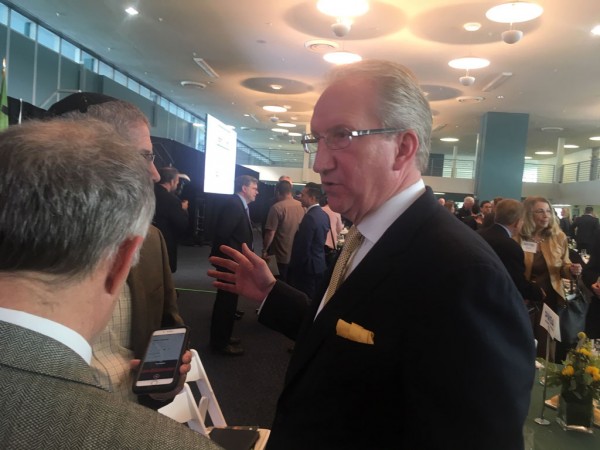Port of Los Angeles, executive director, Gene Seroka told a State of the Port audience in San Pedro that 2018 “was another year for the record books” with the Port moving 9.5 million TEUs, a 1.2% increase from 2017.
Seroka ascribed the success to the “strong collaboration” between longshore labor, terminal operators, harbor truckers and rail providers.

Seroka said that the Port’s vehicle shipments declined by 34% in 2018, but scrap metal shipments rose by 26%
The Port is expecting its cruise ship business to rise from 109 calls two years ago to 120 calls in 2019 boosting passenger counts to 620,000 in 2019.
The Port completed several major building projects including:
- The $127 million on-dock rail yard at the Yusen Terminal.
- $15.6 million Harbor Boulevard/Park Plaza improvement project.
- The Port is actively involved in 15 zero and near zero emission projects totaling $80 million in grant funding.
Seroka also acknowledged the contribution of Tak Yokoo “and the team at Toyota
for their leadership in advancing hydrogen fuel cell-electric truck technology here at our ports.”
Seroka said the new digital Port Optimizer will be able to “track 90-95% of our containerized cargo.”
Seroka told AJOT that the system will allow for better tracking of trucks, containers and chassis and increase the speed of pick-ups and deliveries of containers.
He said the investment in new digital technology also helps terminals, truckers and longshore labor plan for and move more containers in anticipation of the arrival of bigger container ships.

